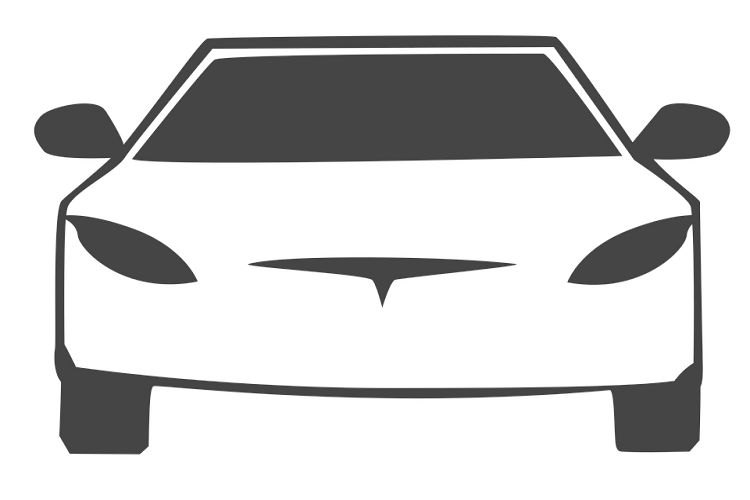
5G networks may be as much as 10 times more efficient than 4G networks. With this new level of network capability, communications service providers (CSPs) can secure future market opportunities with manufacturers of autonomous vehicles (AVs) in the fields of driver safety and data processing and management, according to Gartner.
AV systems and sensors will generate unprecedented amounts of data. This will allow automotive original equipment manufacturers (OEMs) to extract valuable data insights while limiting the associated provisioning costs. “CSPs have an opportunity to become strategic partners for OEMs by applying 5G capabilities to address AV OEM data growth,” said Jonathan Davenport, senior research analyst at Gartner.
By 2025, AVs will upload over 1 terabyte (TB) of vehicle and sensor data per month to the cloud. This is up from 30 gigabytes (GB) from advanced connected cars in 2018. “To seize the opportunity, CSPs need to make sure 5G is included in the design of future vehicles, in the fields of safety and connectivity, where the biggest chances lie,” said Davenport.
5G will also provide passengers of AVs with high-quality infotainment services. “As a result, 5G networks make CSPs an important partner for enhanced vehicle systems, be it for safety, data analytics or entertainment,” added Davenport.
Remote Control Increases Safety
Further opportunities for 5G technology to expand and enhance AV safety systems exist. This is fostered by regulators’ examination of the safety performance of AVs.
Recent incidents involving AVs have sparked negative press and underscored the importance of public safety in self-driving cars. These events have also highlighted the challenges facing the industry to develop autonomous driving systems that can guarantee a safety performance above that of human drivers.
“AVs periodically face a set of conditions they cannot immediately navigate, which results in the need for a vehicle-human handover,” explained Davenport. “This handover deactivates the autonomous mode and hands over control to a human driver — but such a handover is not always possible. One potential solution for these scenarios where a handover to the human driver fails is to use remote pilots. Human pilots can be the recipient of a planned remote handover or help recover an AV that has become stuck.”
The safe execution of human-led remote control of AVs would require the reliability and low latency that 5G networks could provide. Once initiated, the technology would allow human technicians in remote facilities to assess live video feeds and vehicle diagnostics from the AV, and take over driving control virtually.
As the regulatory environment for AVs continues to evolve, regulators will likely begin to require remote control capabilities from AV OEMs or operators to improve safe operation on public roads. California-based start-up, Phantom Auto is developing remote control solutions for AVs using cellular connectivity. Similarly, Swedish truck and bus OEM Scania has conducted tests with Ericsson of 5G remote control capabilities for its public buses.
CSPs Must Act Immediately
5G is not a technology that can be fully deployed right now, and Gartner expects that it will generate only limited benefits for AVs in the next five years. “By design, AVs cannot rely on mobile networks such as 5G for core functionality, but must utilize multiple technologies to meet performance and safety design objectives,” added Davenport. “Nevertheless, 5G networks will play a crucial role in handling the massive amounts of data generated by AVs and their users for all kinds of purposes, including safety, connectivity and entertainment.”
CSPs must act now to secure future market opportunities by ensuring that 5G is part of the AV design process. OEMs will need comprehensive end-to-end data solutions to streamline their management of data connectivity, storage and analytics.
“In addition to offering solutions, CSPs have to build support for their 5G technologies and establish them as the de facto communication standard. This would be best achieved by supporting standards committees and working with local governments to facilitate the development of advanced use cases, such as metropolitan traffic management,” concluded Davenport.

 In
In
Comments
Imitation Cialis 800 Number
Imitation Cialis 800 Number https://agenericcialise.com/ - Cialis Avis Sur Achat Cialis En Ligne <a href=https://agenericcialise.com/#>Generic Cialis</a> Keflex Affects On Birth Control Pills
Add new comment